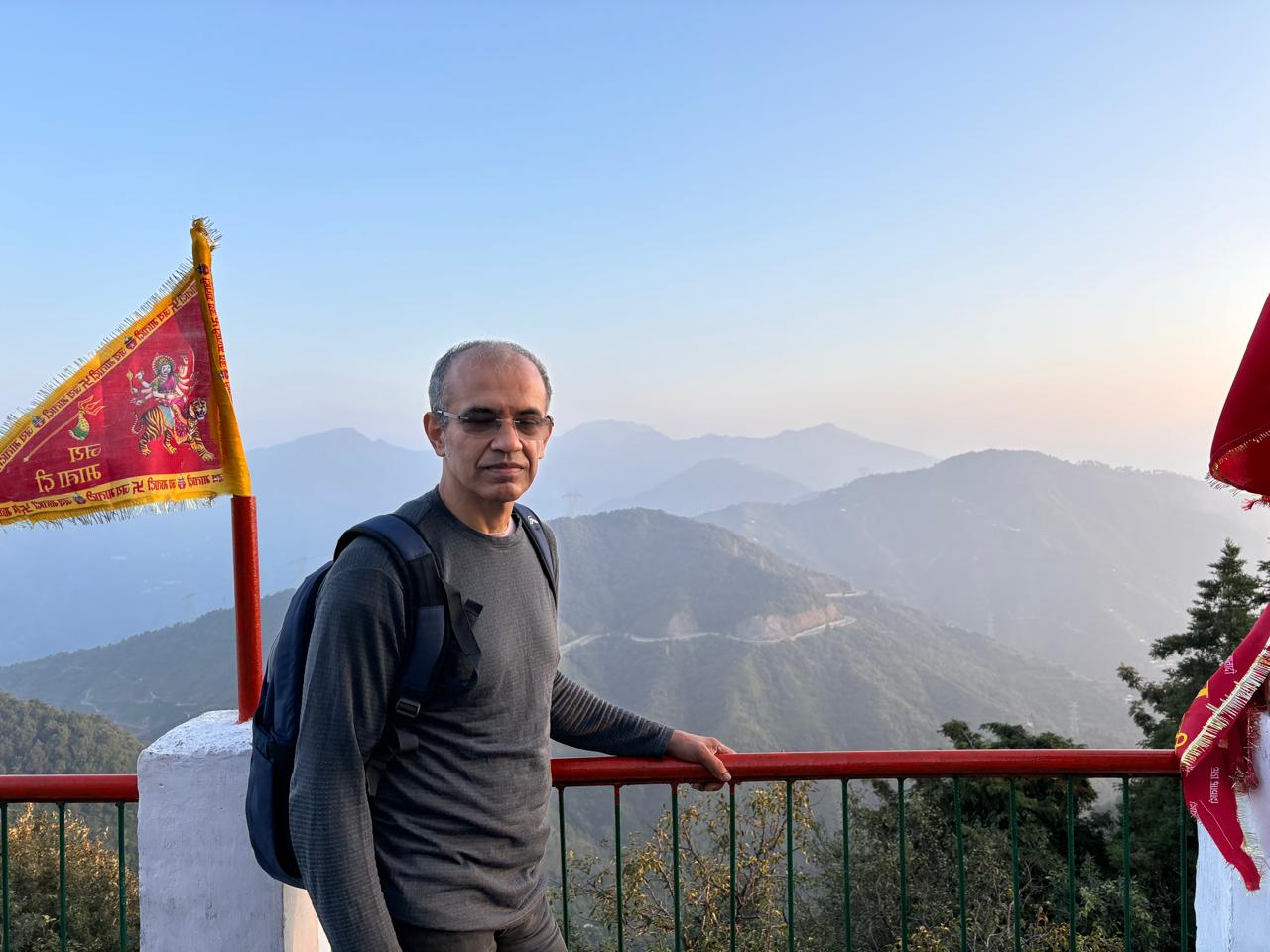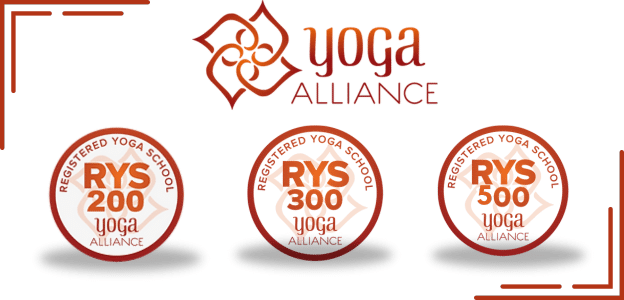200 Hour Yoga Teacher Training in Rishikesh
On A Spiritual Journey We All Have The Same Destination
Beginner's Course For Yoga Lovers
200 Hour Yoga Teacher Training in Rishikesh

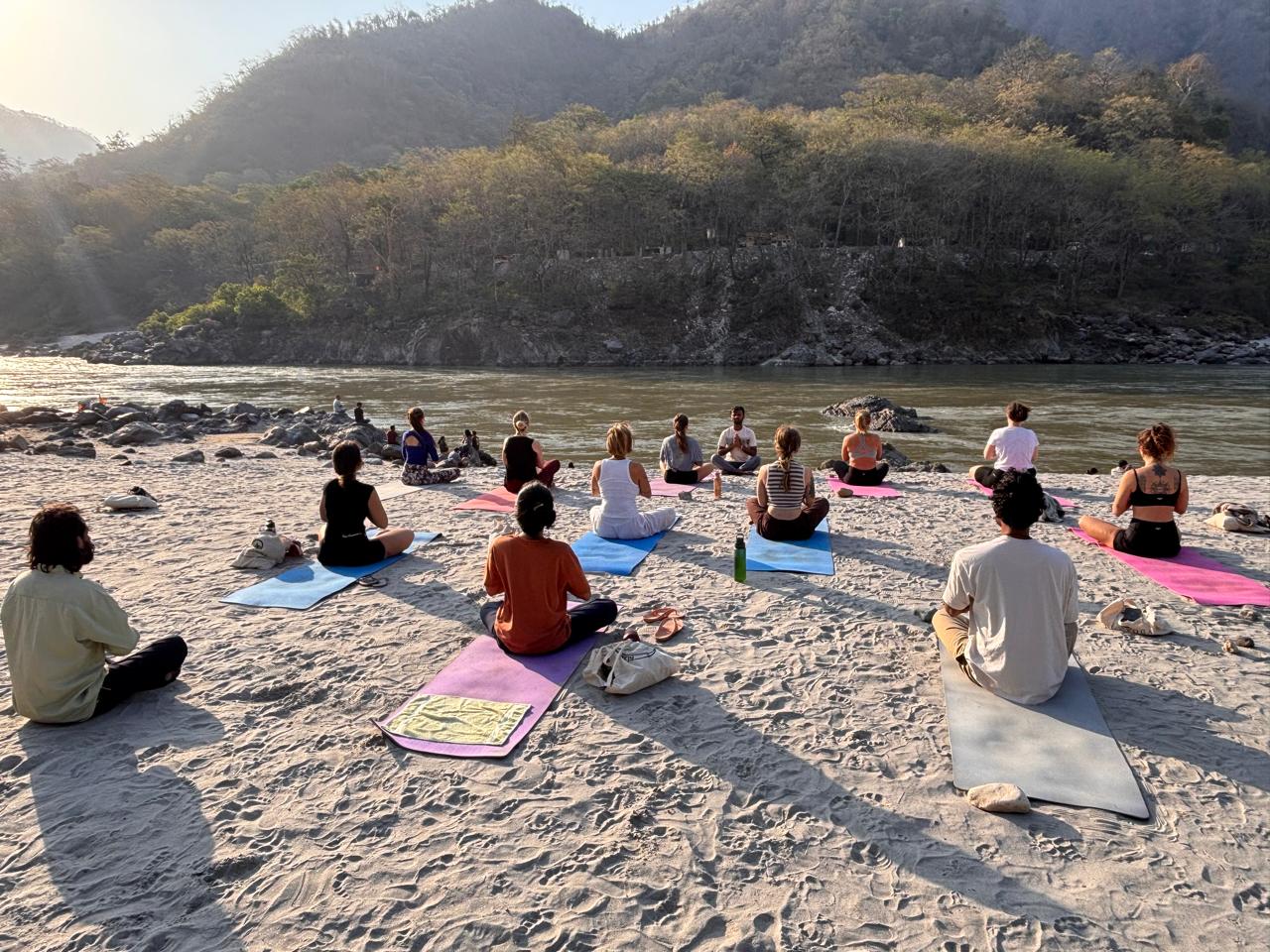
Immerse yourself in the serene surroundings of Rishikesh, nestled in the foothills of the majestic Himalayas. At Jiva Yoga Academy in Rishikesh, we understand the importance of finding the perfect yoga teacher training experience that aligns with your goals and aspirations. Discover the best 200 Hour Yoga Teacher Training in Rishikesh , If you ready to delve deeper into the practice of yoga and unlock your inner yogi then look no further than Rishikesh, India, the birthplace of yoga and home to some of the best yoga teacher training programs in the world. Our intensive and comprehensive program is designed to provide you with the skills, knowledge, and confidence to become a certified yoga teacher. Led by experienced and qualified instructors, our 200 hour yoga ttc in Rishikesh curriculum covers ancient yogic philosophy, asanas, meditation techniques, anatomy, and much more.
This is the Best 200 Hours Yoga Teacher Training in Rishikesh, Which covers the best key elements of the most sought after styles of yoga – Hatha Yoga (Mother of all Yoga styles) and Ashtanga Yoga (The basis for modern day Vinyasa Yoga). After completion of the course, you will have a clear understanding and practical skills to teach and plan a class that is authentic to the yoga practiced in its birth place, India. Combined with studies of Ayurveda.
This experience can be a milestone in the journey of Yoga seekers to explore the age old tradition, its practices, principles and concepts. We strive to ensure each student leaves the course with more than just a certificate, but rather a deep understanding of what it means to truly live a life on the yogic path. So join Best 200 Hour Yoga Teacher Training in Rishikesh.
Points To Be Noted
What to expect during 200 Hour Yoga TTC in Rishikesh ?

- We providing best 200 Hour Yoga TTC in Rishikesh, that is the ultimate blend of yoga styles with practical healing techniques from Ayurveda.
- The course follows high-quality standards by including subjects such as Ayurveda, Asana, Pranayama, Mantra chanting, Meditation, Anatomy & Physiology, Yoga Philosophy/Ethics/Lifestyle and other time-honored yoga techniques. View the full schedule for more details on daily activities.
- This course will enable you to develop your own unique teaching style that will set you apart from the rest.
- Our teachers are highly skilled in adapting their lessons to suit your ability – so if you are just starting on your yoga path, or you are already an advanced practitioner looking to expand your knowledge, this course is for you. You can meet our teachers and have a taste of how they work by booking a private online class with them.
- Three daily freshly made vegetarian meals (breakfast, lunch, dinner) and chai/tea/Coffee are included in the price. The food is fully prepared hygienically with fresh vegetables and can be modified to suit a vegan diet.
- Jiva Yoga offers comfortable accommodation, the rooms are equipped with basic and useful items. Each room has it’s private attached bathroom with running hot shower, air conditioner, western type of toilet and other necessities that make the stay comfortable. The facility comprises all the modern amenities so we are sure you would enjoy your stay with us
Alignment, kriyas, and teaching methodology
Practical aspects of 200 Hour Yoga Teacher Training in Rishikesh

Alignment & Adjustment
Master the alignment of over 100 Asana and learn how to help your students get deeper into a posture, how can you be more flexible through adjustment. You will learn benefits, precautions, methodology and correction of asanas in this class.
Mudra(Gesture)
The practice of mudra is an ancient facet of yoga. Performing gestures effects the energy flow of the body and can change a person’s spiritual and mental characteristics like Jnana mudra, Chin mudra, Yoni mudra, Bhairava mudra, Shambhavi mudra
Bandha(Lock)
A bandha is a kriyā in Hatha Yoga, being a kind of internal mudra described as a “body lock,” to lock the vital energy into the body. Bandha literally means bond, fetter, or “catching hold of”. Maha Bandha (“the great lock”) combines all the other three bandhas, namely
Teaching Methodologies
Principles of demonstration, observing, assisting and correcting, instruction, teaching styles, qualities of a teacher, voice projection, floor presence. The student’s process of learning, planning and structuring a class, alignment and hands-on-adjustments, dealing with injuries and safety precautions.
Class Sequencing and Practical Assessment
Learn appropriate and effective sequences of classes, marks of a good teacher, demonstration, individual care of each student, proper alignment and conducting a class of your own in a friendly and safe environment.
Ayurveda lessons
Learn authentic and practical Ayurvedic concepts from a respected and experienced doctor of Ayurveda. Gain skills that can change your own life as well as be used to guide your students on their own healing journey through yoga.
Time Table At Jiva Yoga Academy in Rishikesh
Daily Schedule - Best 200 Hour Yoga TTC in Rishikesh

We’ve totally reinvented the traditional teacher training experience and removed the obstacles that most modern students struggle with when studying yoga. Our daily schedule is compassionate & relaxed and allows you to process all that may come up during your training. Our 24-days course has 4 full days off and leaves plenty of time to play, have fun in Rishikesh
06:30 - 07:30
Pranayama, Yogic Cleansing, Mudra, Bandha
07:45 - 09:00
Ashtanga Yoga
09:00 - 09:45
Breakfast
11:00 - 12:00
Philosophy
12:15 - 13:15
Alignment
13:15 - 14:15
Lunch
15:15 - 16:15
Anatomy
16:15 - 16:45
Tea/Cofee/Chai
17:00 – 18:30
Hatha Yoga
18:45 – 19:45
Meditation
19:45 – 20:45
Dinner
22:00
Light Off
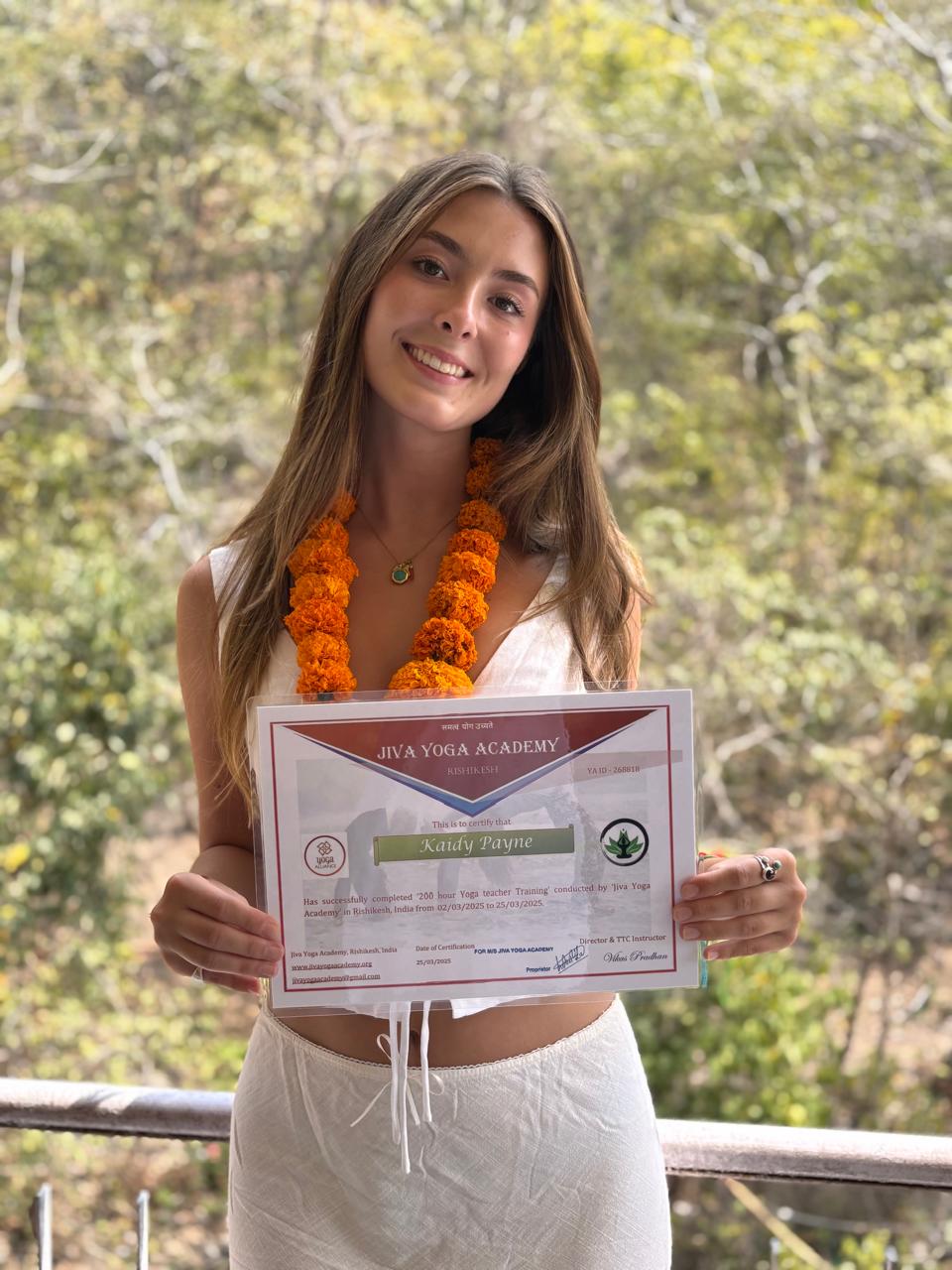
Time Table At Jiva Yoga Academy
Curriculum For 200 Hour Yoga Teacher Training in Rishikesh

- Hatha Yoga
- Ashtanga Vinyasa Yoga
- Anatomy
- Yoga Philosophy
- Pranayama
- Yoga Cleansing
- Meditation
- Holistic Healing
- Ayurveda
Hatha Yoga
Hatha Yoga has its roots in ancient Indian traditions and is mentioned in classical texts like the Hatha Yoga Pradipika, Gheranda Sanhita, and Shiva Sanhita. These texts outline the principles and practices of Hatha Yoga, including asanas, pranayama, mudras (hand gestures), and bandhas (energy locks). Hatha Yoga promote overall health and well-being. Its focus on balance, alignment, and mindful breathing makes it an excellent choice for anyone looking to improve their physical fitness, mental clarity, and emotional resilience. So enroll in best 200 Hour Yoga TTC in Rishikesh
Key Features of Hatha Yoga:
Physical Postures (Asanas):
- Hatha Yoga emphasizes the practice of asanas, which are designed to align the body, improve flexibility, build strength, and promote overall well-being. The postures are typically held for longer periods, allowing practitioners to deepen their stretch and focus on proper alignment.
Balance and Harmony:
- The word “Hatha” is often interpreted as “ha” (sun) and “tha” (moon), symbolizing the balance of opposing forces in the body and mind, such as strength and flexibility, effort and relaxation, and activity and rest. Hatha Yoga aims to harmonize these elements to achieve a balanced state of being.
Gentle and Accessible:
- Hatha Yoga is known for its gentle and accessible approach, making it suitable for practitioners of all levels, including beginners. Classes typically move at a slower pace, allowing time for proper alignment, breath awareness, and mental focus.
Holistic Approach:
- Hatha Yoga is not just about physical exercise; it encompasses a holistic approach to health and well-being. It encourages practitioners to adopt a balanced lifestyle that includes proper diet, ethical behavior, and mental discipline.
Benefits of Hatha Yoga:
- Physical Health: Improves flexibility, strength, posture, and balance.
- Mental Clarity: Enhances concentration, focus, and mindfulness.
- Stress Relief: Reduces stress, anxiety, and tension through relaxation techniques.
- Emotional Well-being: Promotes emotional balance and a sense of inner peace.
- Spiritual Growth: Provides a pathway to self-awareness, self-discipline, and spiritual development.
Who Can Practice Hatha Yoga?
Hatha Yoga is suitable for everyone, regardless of age, fitness level, or experience. It is particularly beneficial for beginners who want to build a solid foundation in yoga, as well as for those seeking a slower, more meditative practice.
Ashtanga Vinyasa Yoga
Ashtanga Vinyasa Yoga is a dynamic and physically demanding style of yoga that synchronizes breath with movement through a specific sequence of postures. It is often referred to simply as “Ashtanga Yoga” and was popularized by Sri K. Pattabhi Jois in the 20th century. The practice is known for its rigorous sequences, which build strength, flexibility, and stamina.
Key Features of Ashtanga Vinyasa Yoga:
Structured Sequence:
- Ashtanga Vinyasa Yoga is based on a set sequence of postures, known as “series.” Practitioners follow the same sequence in each session, allowing them to develop familiarity and mastery over time.
Vinyasa:
- The term “Vinyasa” refers to the flow of movement coordinated with breath. In Ashtanga, each movement is linked to an inhalation or exhalation, creating a smooth, flowing practice that generates heat and purifies the body.
Six Series:
- Ashtanga Yoga is divided into six series:
- Primary Series (Yoga Chikitsa): Focuses on detoxification and alignment.
- Intermediate Series (Nadi Shodhana): Works on purifying the nervous system and opening energy channels.
- Advanced Series A, B, C, D (Sthira Bhaga): Highly advanced postures that require significant strength, flexibility, and stamina.
- During the 200 Hour Yoga TTC we teach Primary Series
- Ashtanga Yoga is divided into six series:
Drishti (Gaze):
- In Ashtanga, each posture is associated with a specific drishti, or gaze point. This helps focus the mind and maintain concentration during the practice.
Ujjayi Breath:
- The practice emphasizes the use of Ujjayi breathing, a deep, audible breath that creates internal heat, aids in concentration, and maintains a steady rhythm throughout the practice.
Physical and Mental Benefits:
- Ashtanga Vinyasa Yoga builds strength, flexibility, and endurance while also promoting mental clarity, focus, and inner calm. The repetitive nature of the sequences fosters a meditative state and deep self-awareness.
Who Can Practice Ashtanga Vinyasa Yoga?
While Ashtanga Yoga is physically demanding, it is accessible to practitioners of all levels with modifications. Beginners often start with the Primary Series and gradually progress as they build strength and flexibility. Commitment and regular practice are key components of the Ashtanga tradition.
Anatomy
Students will learn muscles, bones, fascia, and joint movement of the body, and how it applies to movement of the body from asana to asana. The proper understanding of the physical body will help to prevent injury before, during and after practice. You will focus on the following points:-
- Organs
- Bodily system
- Nadi
- Digestive system
- Circulatory system
- Respiratory system
- Endocrine system
- Skeletal system
- Muscular system
- Joint movement
- Muscle functions
- Science behind yogic cleansing
Yoga Philosophy
Yogic philosophy is the spiritual and philosophical foundation of yoga, rooted in ancient Indian texts and teachings. It provides a framework for understanding the nature of existence, the self, and the path to spiritual liberation (moksha). This philosophy emphasizes the union of body, mind, and spirit and offers guidelines for living a balanced and meaningful life.
At its core, yogic philosophy is based on the concept that the true self (Atman) is eternal and connected to the universal consciousness (Brahman). The ultimate goal of yoga is to realize this connection, transcending the limitations of the ego and achieving self-realization or enlightenment.
Key Concepts of Yogic Philosophy:
Eight Limbs of Yoga (Ashtanga Yoga): Outlined by Sage Patanjali in the Yoga Sutras, these are the foundational practices of yoga:
- Yama: Ethical restraints (e.g., non-violence, truthfulness).
- Niyama: Personal observances (e.g., cleanliness, contentment).
- Asana: Physical postures for strengthening and purifying the body.
- Pranayama: Breath control for managing energy.
- Pratyahara: Withdrawal of the senses to focus inward.
- Dharana: Concentration and focus of the mind.
- Dhyana: Meditation, leading to inner peace.
- Samadhi: Enlightenment or union with the divine.
Karma Yoga: The path of selfless action, where one acts without attachment to the results.
Bhakti Yoga: The path of devotion, cultivating love for the divine through prayer and rituals.
Gyan Yoga: The path of knowledge and wisdom, aimed at realizing the ultimate truth through self-inquiry and study.
Raja Yoga: The royal path of meditation, focusing on mental discipline and spiritual practice to attain enlightenment.
Pranayama
Pranayama is the practice of controlled breathing in yoga, it is ancient yogic breathing technique, aimed at regulating and expanding the flow of prana (life force or vital energy) within the body. The word pranayama is derived from two Sanskrit words: “prana,” meaning life force or breath, and “ayama,” meaning control or extension.
Pranayama involves various breathing techniques designed to purify the body, calm the mind, and enhance physical and mental well-being. It is considered an essential component of yoga, often practiced before meditation to prepare the mind and body for deeper states of consciousness. Pranayama techniques include controlled inhalation (puraka), retention of breath (kumbhaka), and controlled exhalation (rechaka). Pranayama helps improve lung capacity, oxygenate the blood, reduce stress, and cultivate a balanced state of mind, making it a powerful tool for physical health and spiritual development.
Key Types of Pranayama:
- Nadi Shodhana (Alternate Nostril Breathing): Balances the body’s energy channels and calms the mind.
- Kapalbhati (Skull-Shining Breath): A rapid, forceful exhalation to detoxify the respiratory system.
- Bhramari (Bee Breath): A humming sound during exhalation to calm the nervous system.
- Ujjayi (Ocean Breath): A slow, deep breathing technique that creates a sound in the throat, promoting relaxation.
- Bhastrika (Bellows Breath): A vigorous breathing technique to increase energy and oxygenate the blood.
As you prepare for your journey in our 200-hour yoga teacher training in India, you may wish to explore pranayama further. To learn more about the benefits of these breathing techniques.
Yoga Cleansing
Yogic cleansing, known as Shatkarma or Shatkriya, refers to six purification techniques in yoga designed to cleanse the body and mind. These practices help maintain physical and mental balance, detoxify the body, and prepare practitioners for deeper levels of yoga practice by removing blockages. During this program we will teach you following Kriyas.
Jal Neti:
Jal Neti is a nasal cleansing practice using lukewarm saline water. It involves pouring water through one nostril and letting it flow out of the other, clearing the nasal passages of mucus, allergens, and pollutants. This is done with the help of a Neti pot, which has a spout designed for easy insertion into the nostril. Jal Neti is easy to practice and helps improve breathing, prevent sinus issues, relieve allergies, and promote mental clarity. It is gentle and suitable for daily practice.
Key benefits of Jal Neti:
- Cleanses nasal passages.
- Helps with sinusitis, allergies, and colds.
- Improves breathing and mental focus.
Rubber Neti (Sutra Neti):
Rubber Neti, also known as Sutra Neti, is a more advanced nasal cleansing technique that involves passing a thin, soft rubber catheter (or in traditional methods, a cotton thread) through one nostril and out through the mouth. The practitioner gently pulls the catheter back and forth to clean the nasal passages and stimulate the inner lining of the nose and throat. Rubber Neti is highly effective for deeper nasal cleansing and is usually practiced by more advanced yoga practitioners.
Key benefits of Rubber Neti:
- Deep cleansing of the nasal cavity and sinuses.
- Removes stubborn mucus and debris.
- Stimulates the nasal passages, improving sensitivity and nasal health.
Both Jal Neti and Rubber Neti enhance respiratory health, but Rubber Neti requires more experience and caution.
Meditation
A highly powerful and liberating practice, Meditation is one of the most important aspects of yoga. Whilst meditation has become a widely known term, travelling the path and achieving true meditation is often difficult for many. Learn how to establish a meaningful practice for yourself and how to teach this to others. During the course, many facets of Meditation will be explored:-
- What is Meditation
- ‘How To’
- Practical Tips
- Mantras
- Yoga Nidra
- Chakra Meditation
- Guided Practice
Looking to learn more about meditation before your training? Here are some helpful tips to set the foundation for your practice.
Holistic Healing
The practice of conscious energy breathing is used for self-healing, self-discovery, and spiritual exploration. Guided, mindful breathing will help to heal old emotional wounds and trauma, release blocked energy, and open up new possibilities for personal growth and spiritual awakening. It can also provide us with a direct experience of the Divine, and allow us to access a deeper level of understanding and connection with ourselves and with the world around us.
Energy breathing sessions are safe and natural. The Session can be in group or individual. The process is gentle and the effects are profound and long-lasting. The results are an increase in energy, clarity, intuition, and creativity. The body is filled with vital energy and the mind is bright and clear. This is an incredible way to experience the living presence of the source. Conscious energy breathing helps us to be present in the moment and to be more aware of our own energy in turn learning to regulate and direct our energy for self healing. This can help us to manifest our goals and intentions, to create a life of abundance, and to live in harmony with ourselves and our environment. We can also use this energy to help heal ourselves and others.
Ayurveda
Ayurveda is a more than 10,000-year-old system of natural healing that has its origins in the Vedic culture of India. Although suppressed during years of foreign occupation, Ayurveda has been enjoying a major resurgence in both its native land and throughout the World. Both Tibetan medicine and Traditional Chinese Medicine have their roots in Ayurveda. Early Greek medicine also embraced many concepts originally described in the classical Ayurvedic medical texts dating back several thousands of years. During the course you will explore the following aspects of this amazing healing art:
- Ayurvedic Philosophy & History
- Exploring doshas and the elements
- Diagnostic techniques of imbalance and disease
- Pathology of disease
- Body constitutions
- Balancing the doshas
- Ayurvedic diet
- Daily habits to balance energies
- Prevention and maintenance of health.
200 Hour Yoga TTC in Rishikesh Dates
Upcoming Dates and Seats Availability
Jan 01 to Jan 24
2025
Seats: Done
Feb 01 to Feb 24
2025
Seats: Done
Mar 01 to Mar 24
2025
Seats: Done
Apr 01 to Apr 24
2025
Seats: 1 left
May 01 to May 24
2025
Seats: Done
Jun 01 to Jun 24
2025
Not Available
Jul 01 to Jul 24
2025
Seats: 10 left
Aug 01 to Aug 24
2025
Seats: 10 left
Sep 01 to Sep 24
2025
Seats: 8 left
Oct 01 to Oct 24
2025
Seats: 7 left
Nov 01 to Nov 24
2025
Seats: 6 left
Dec 01 to Dec 24
2025
Seats: 10 left
200 Hours Yoga Teacher Training in Rishikesh Fee
Triple-sharing (Only for friends or family)
EUR 1040
EUR 999
Double-sharing accommodation
EUR 1200
EUR 1099
Private Accommodation
EUR 1400
EUR 1299
200 Hour Yoga TTC in Rishikesh 2026
Upcoming Dates and Seats Availability
Jan 01 to Jan 24
2026
Seats: 10 left
Feb 01 to Feb 24
2026
Seats: 10 left
Mar 01 to Mar 24
2026
Seats: 10 left
Apr 01 to Apr 24
2026
Seats: 10 left
May 01 to May 24
2026
Seats: 7 left
Jun 01 to Jun 24
2026
Seats: 10 left
Jul 01 to Jul 24
2026
Seats: 10 left
Aug 01 to Aug 24
2026
Seats: 10 left
Sep 01 to Sep 24
2026
Seats: 10 left
Oct 01 to Oct 24
2026
Seats: 10 left
Nov 01 to Nov 24
2026
Seats: 10 left
Dec 01 to Dec 24
2026
Seats: 10 left
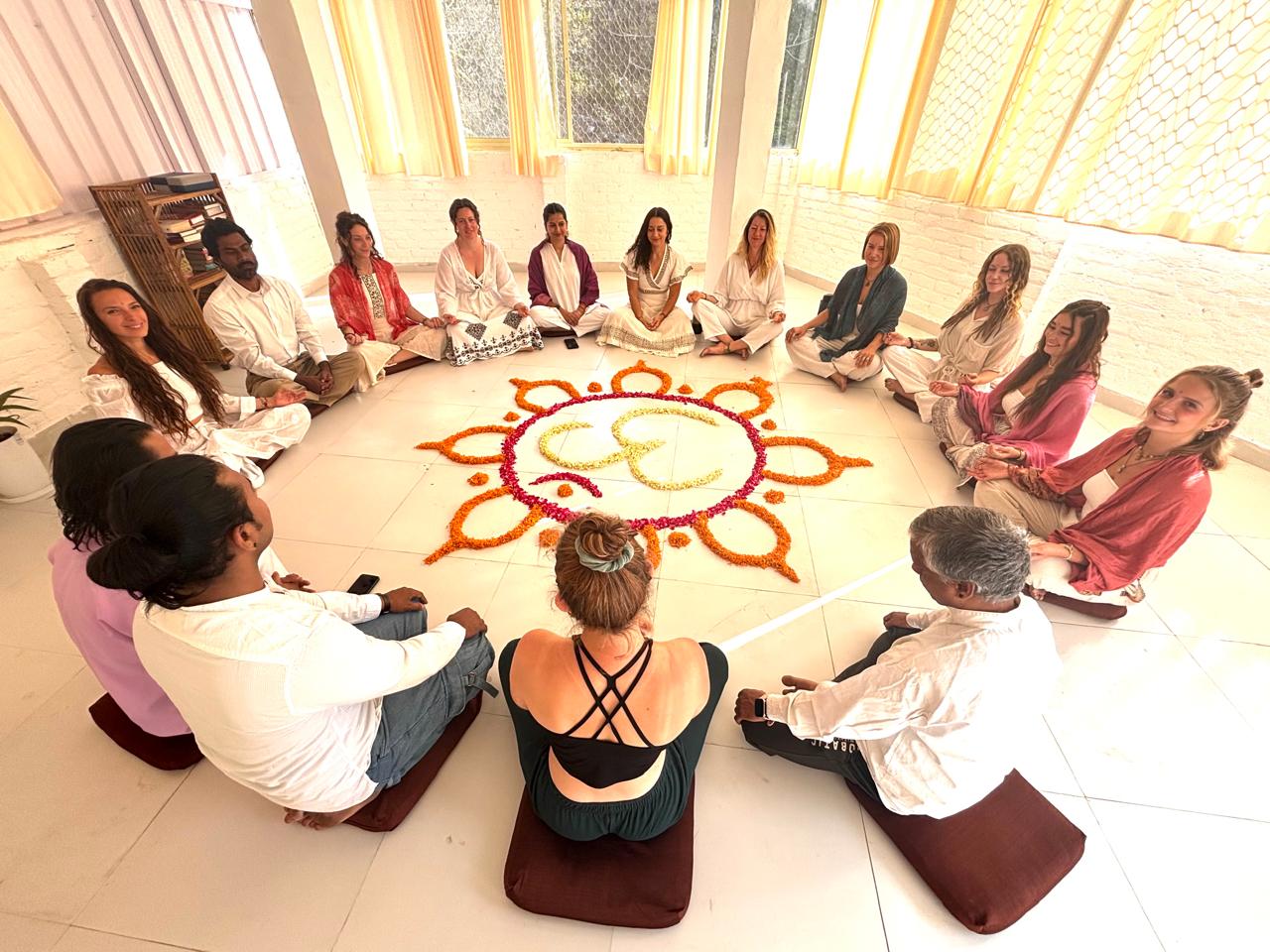
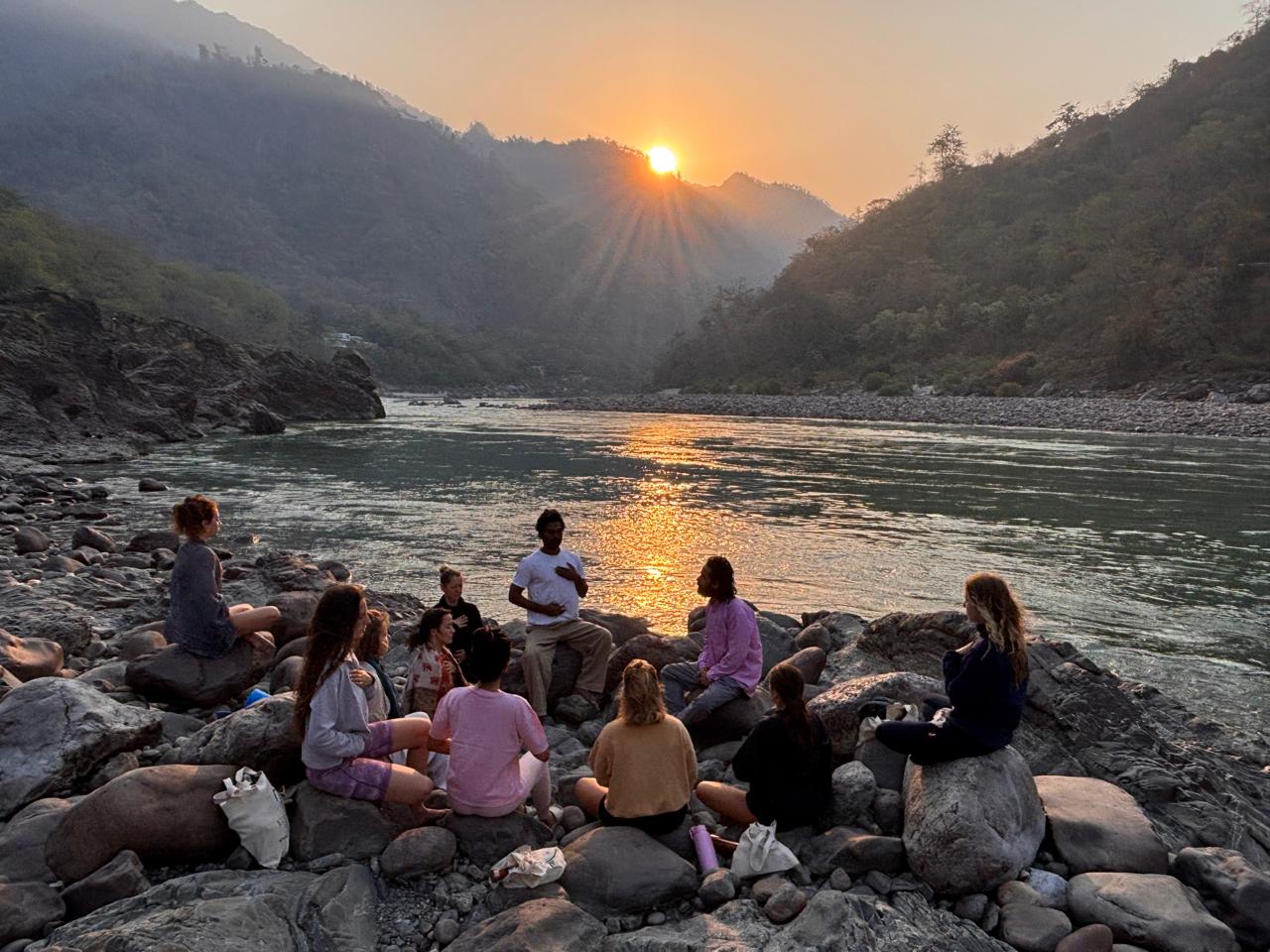
What’s included in 200 Hour Yoga Teacher Training in Rishikesh ?
- One excursion, which can be either a visit to Kunja Puri Temple for a breathtaking sunrise experience or a trek to the waterfall (not available during the monsoon season).
- Three meals(breakfast, Lunch, Supper) and chai/coffee/tea.
- 24 Days Private and shared base accommodation with different prices.
- Yoga materials like yoga mat, Neti pot, rubber Neti, notebook, textbook.
- Pick up from Dehradun Airport (Jolly Grant).
- Free Laundry
- In 200 Hour Yoga TTC in Rishikesh , We offer Free Wi-Fi.
What’s not included in 200 Hours Yoga Teacher Training in India ?
- Air Conditioner/Heater: Available upon request (extra charge).
- Visa Fees: Not included.
- Flight Fare: Not included.
- Pick-up from New Delhi: Available upon request (extra charge).
- Drop-off at Dehradun Airport: Available upon request (extra charge).
- Massages: Available (extra charge).
- Any types of medical treatment
Start Your Yoga Journey
Benefits of completing a 200 Hour yoga Teacher Training in Rishikesh

- Accessible to beginners, this comprehensive and Best 200 Hour Yoga TTC in Rishikesh, Which provides the key elements to start your teaching journey with the attainment of a Yoga Alliance certificate.
- However, if your goal is not to become a Yoga Teacher, this program will still offer you an in-depth understanding of Yoga in all its aspects, allowing you to take your practice to the next level.
- This 24-day training gives you the time and mental space to learn, relax, and grow in your yogic practice.
- Asana, alignment, and anatomy classes provide a clear understanding of the traditional physical practice, its impact on the body, and how to guide and correct your students effectively. These practices will give your body and mind the release and stability needed to access advanced practices such as Pranayama and Meditation.
- Pranayama classes offer the experience and knowledge to safely practice and share foundational yogic breathing techniques with your students.
- In 200 hour yoga ttc in Rishikesh Yogic philosophy classes help you grow on a personal level through the understanding of the guiding principles of Yoga (Yamas and Niyamas).
- Meditation classes allow you to experience the benefits of a calm and focused mind while equipping you with different techniques to guide your students on the path of meditation.
- Holistic healing and Ayurveda classes offer opportunities for self-discovery. Understanding your body constitution and needs through dosha knowledge will help you cultivate a healthy and balanced lifestyle.
What to Bring with You?
- Located in the foothills of the Himalayas, Rishikesh can be chilly in the evenings, especially during winter (October to March). We recommend bringing a warm jacket, a beanie, and good socks to keep you warm and comfortable, even during meditation classes.
- Towels and bed linens are provided, but we suggest bringing a small towel if you’d like to experience a dip in the Ganga River!
- For convenience, bring easy slip-on/off shoes, as the yoga hall and many shops in the city require shoes to be removed.
- For the opening and closing ceremonies, it is traditional to wear white clothing. If you already have white tops, dresses, or trousers, feel free to bring them. If not, don’t worry—it’s not mandatory, and many shops nearby offer white clothing if you’d like to purchase some.
- We provide filtered water, so please bring your own reusable water bottle to minimize plastic waste.
- Although pharmacies are close by, we recommend bringing any personal medications or remedies for common illnesses you may experience.
- Clean yoga mats are provided for use during the training. However, if you prefer using your own, feel free to bring it along.
Here You Get Best Facility In Rishikesh, India
Accommodation & Food at 200 Hour Yoga TTC in Rishikesh

Accommodation

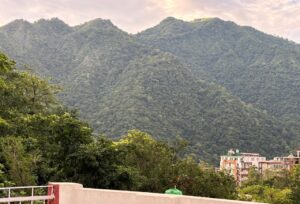
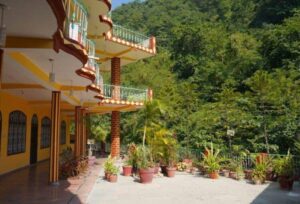



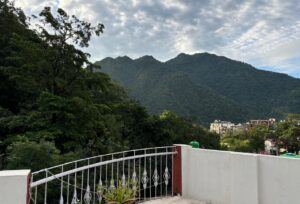

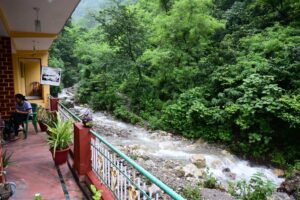
Food
Jiva Yoga Academy offers a delicious and nutritious daily Satvik menu prepared on site for students. All meals are vegetarian and we also cater to vegan diets. Our chefs are passionate about cooking and serving Satvik food.
Satvik food is a concept in Ayurveda and yogic philosophy that emphasizes a pure, clean, and balanced diet. It is believed to promote mental clarity, spiritual awareness, and overall well-being. When undergoing yoga training, incorporating Satvik food into your diet can support your practice and enhance the mind-body connection. 200 hours yoga teacher training in India


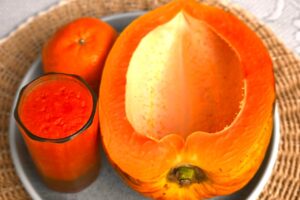

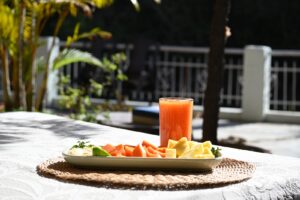


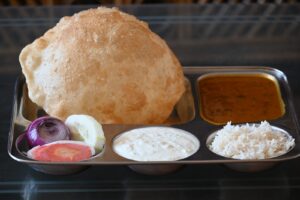
Fresh and Seasonal Fruits
In 200 hours yoga teacher training in India Includes a variety of fresh, seasonal fruits in your diet. Opt for fruits such as apples, Mangoes, Pineapple, Papaya, bananas, and citrus fruits. Avoid overly processed or canned fruits.
Herbs and Spices
Use Ayurvedic herbs and spices like turmeric, cumin, coriander, ginger, and fennel. These not only add flavor but also offer various health benefits.
Vegetables
Consume a colorful array of vegetables, both raw and cooked. Include leafy greens, cruciferous vegetables, root vegetables, and others. Steam or lightly cook vegetables to retain their natural vitality.
Legumes and Pulses
Incorporate legumes and pulses like lentils, Soya, chickpeas, and mung beans into your meals. They are excellent sources of plant-based protein.
Nuts and Seeds
Include a variety of nuts and seeds such as almonds, walnuts, chia seeds, and flaxseeds. These provide essential fatty acids and nutrients.
Whole Grains
Choose whole grains like rice, corn, wheat, millet, and oats. These grains provide sustained energy and are rich in fiber and nutrients.
Activity During The Course
Outdoor Activities & Excursions in 200 Hour Yoga TTC in Rishikesh

As part of our 200 hours yoga teacher training in India, we offer a memorable excursion to enhance your journey. We choose between witnessing the stunning sunrise at Kunja Puri Temple, a spiritually uplifting experience surrounded by panoramic Himalayan views, where the golden rays of the sun illuminate the sacred peaks, creating an unforgettable meditative experience, or embarking on an adventurous trek to a serene waterfall, where you can immerse yourself in nature’s tranquility. Both options provide a perfect opportunity to connect with Rishikesh’s natural beauty and spiritual energy, complementing your yoga practice and deepening your overall experience.

Kunjapuri
Witness the breathtaking views of the greater Himalayas

Waterfall
Enjoy a peaceful hike in the woods up to the waterfall.

Ganga Arti
Let the energy of the holy Ganga bring you inner peace
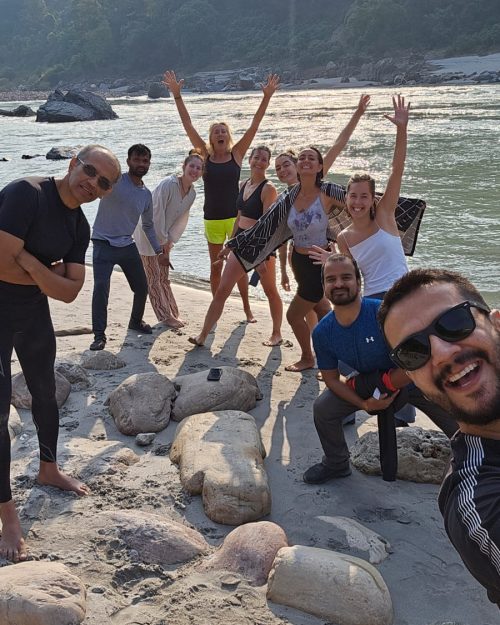
At the Ganges
Connect with the divine energy of the holy Ganges
Testimonial
Video Testimonial of Our Students

Testimonial
Testimonials from past 200 Hour Yoga TTC in Rishikesh participants

I have completed my training in Jiva in April 2024. I’m very happy that I chose this school - all the teachers are very competent, experienced, knowledgeable and kind. I can recommend Jiva 100%!!! Sending lots of love to all the teachers and hoping to come back❤️
Meet Our Team
Our Teachers

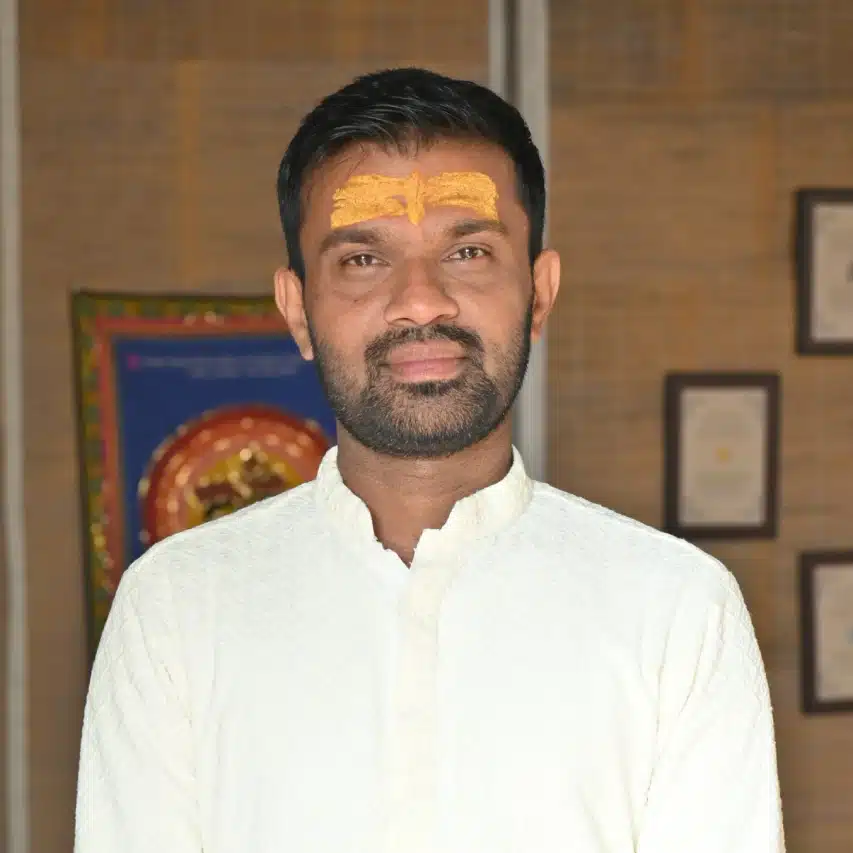
Vikas Pradhan
Ashtanga & Philosophy
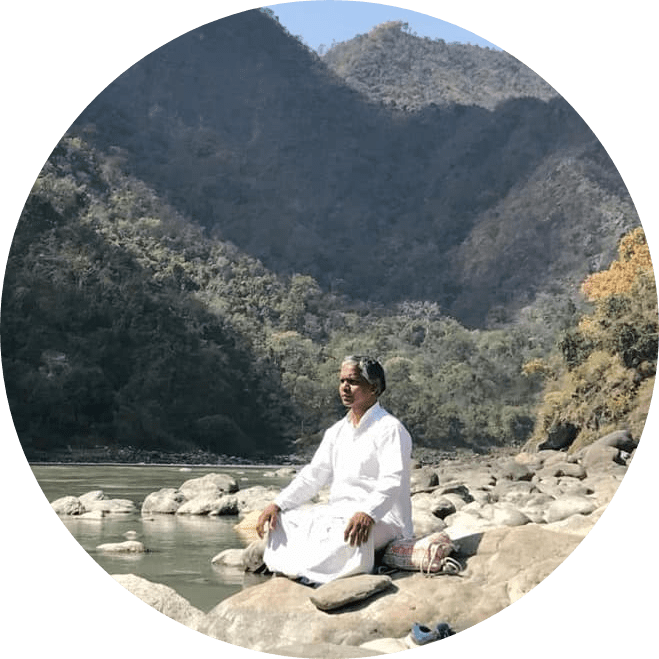
Swami Ramchrit Das
Meditation
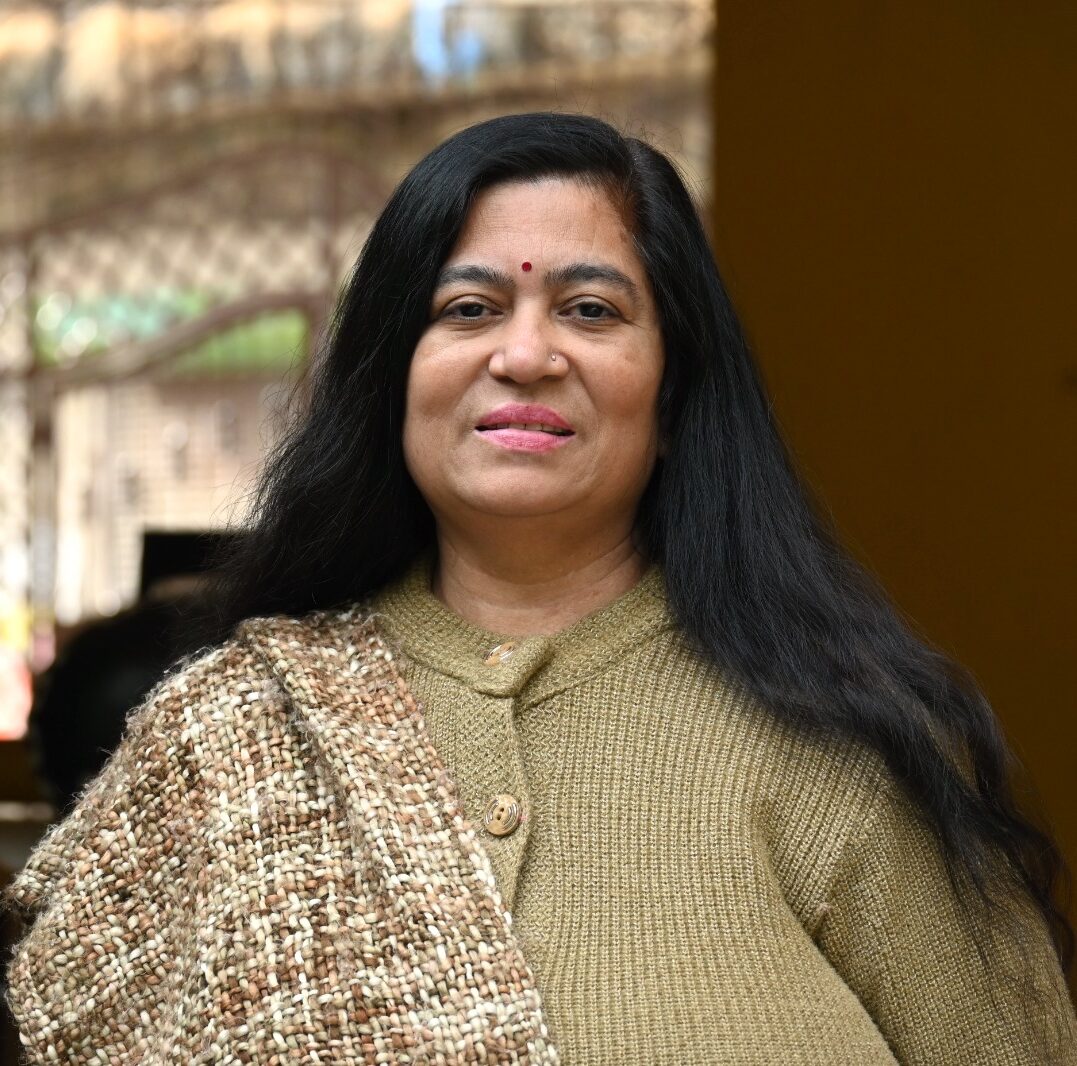
Arti Ji
Holistic Healing
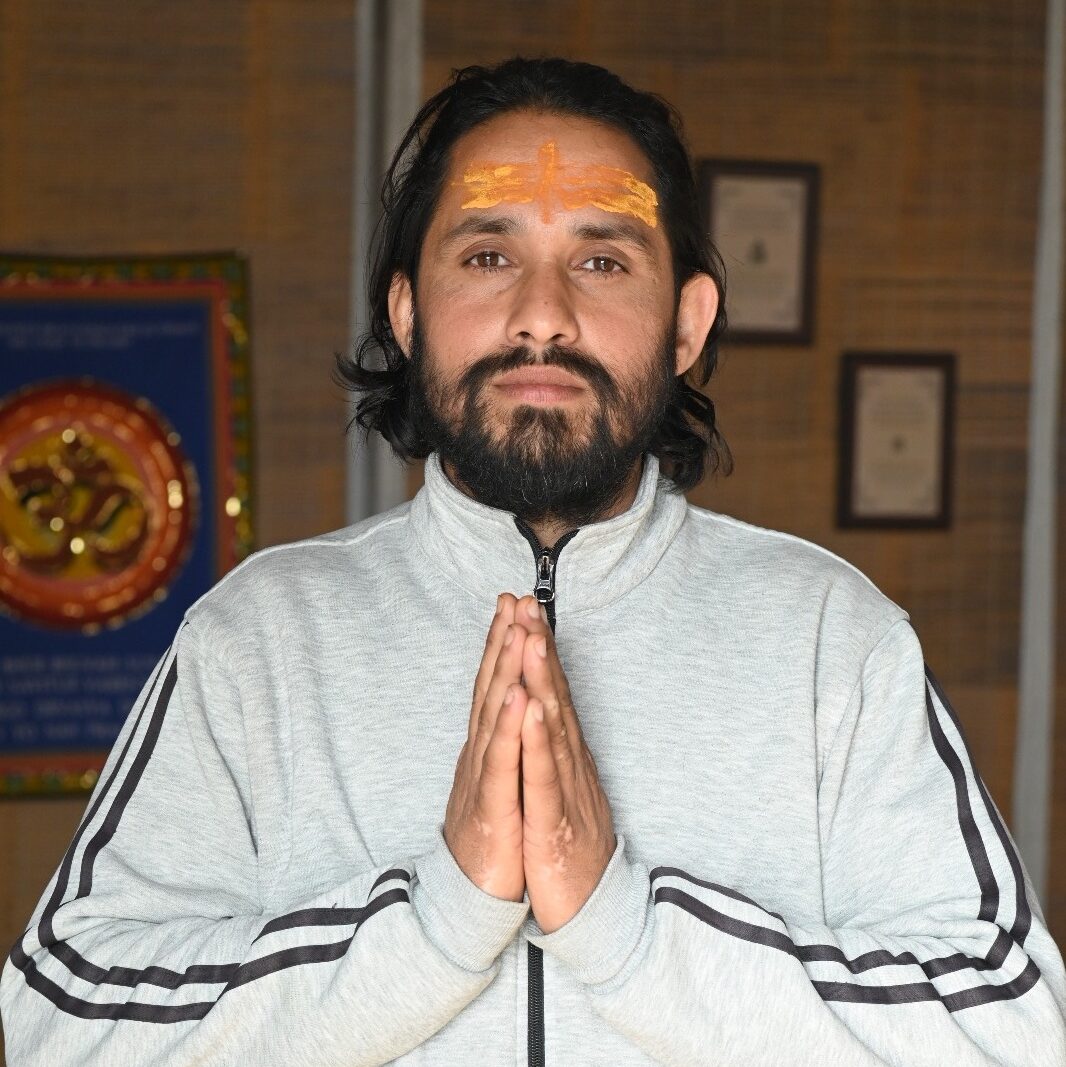
Bhupendra Nautiyal
Pranayama
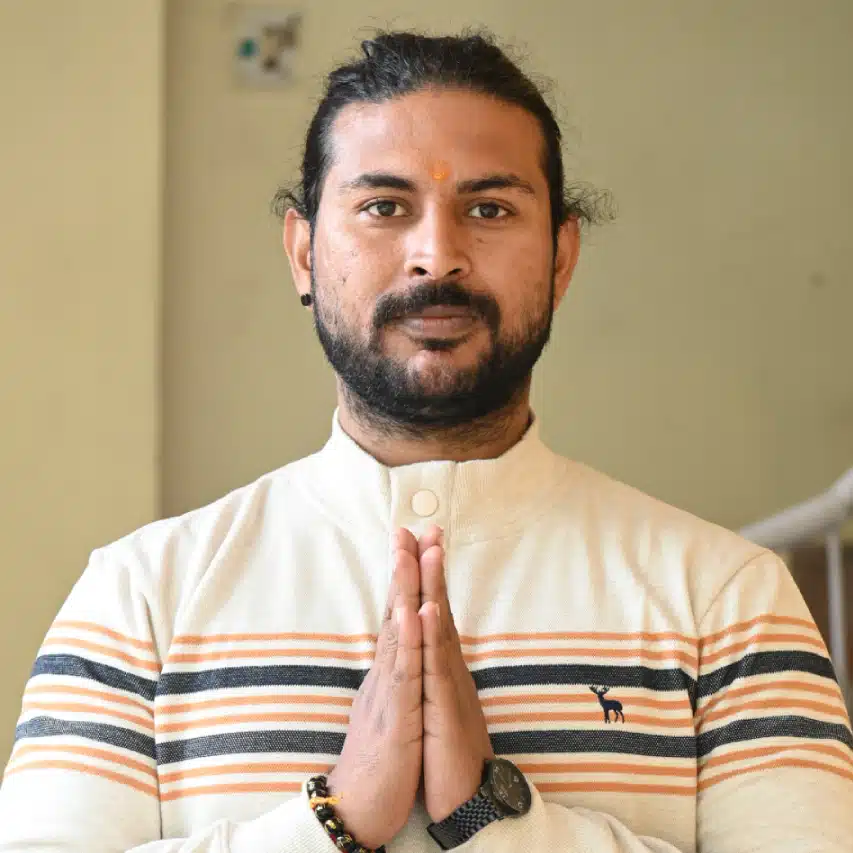
Pankaj Badoni
Hatha Yoga & Alignment

Gokul Bisht
Anatomy
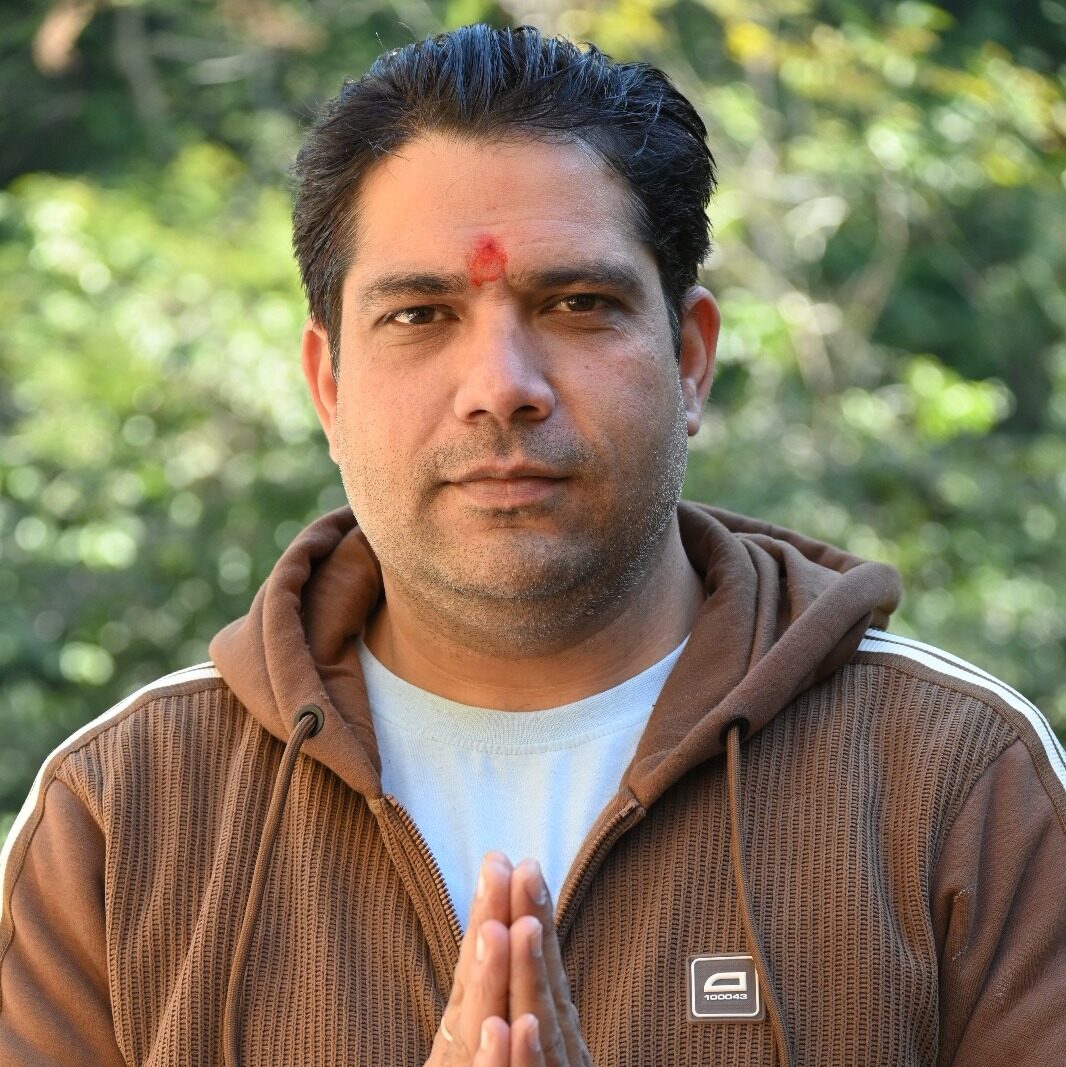
Nitin Varma
Ayurveda
FAQ
FAQs - 200 Hour Yoga TTC in Rishikesh

We have options of shared (twin sharing) and private rooms with attached bathroom.
We provide breakfast, lunch and dinner as part of the teacher training program.
Yes, at their own cost.
Stay from the 2nd to the 25th of the month. • Three meals each day for the above-specified duration. • Necessary course material (manual, notebook, pen, reading material)
Yes


